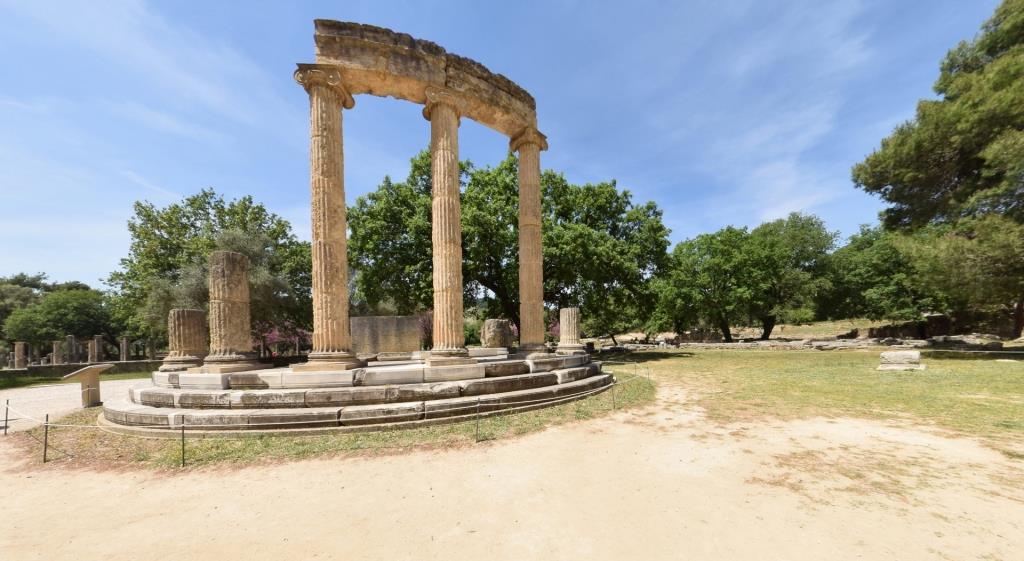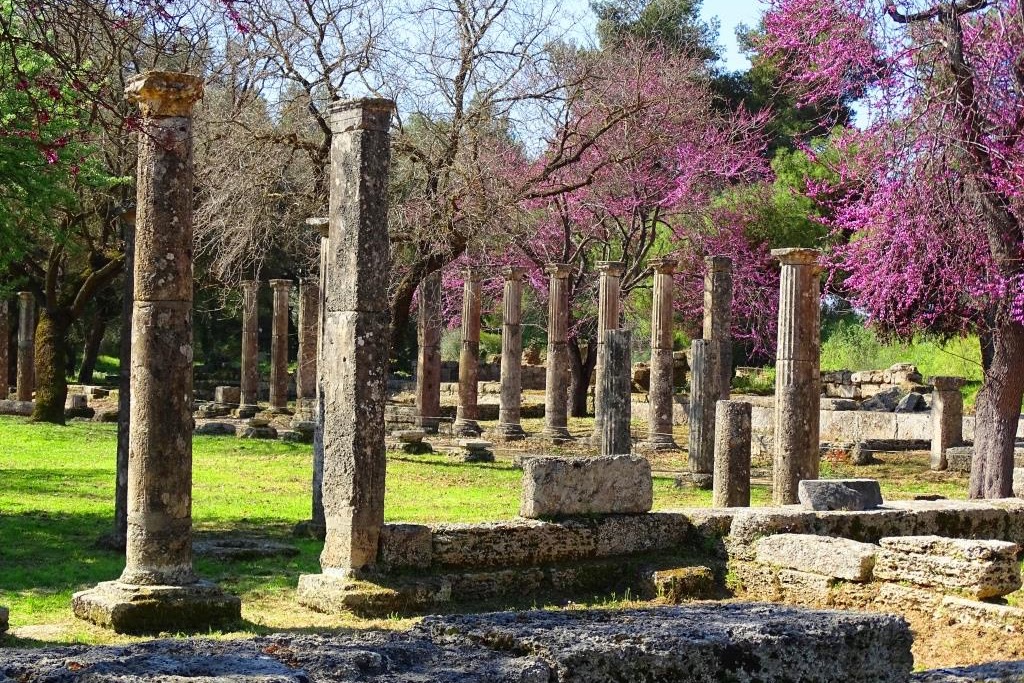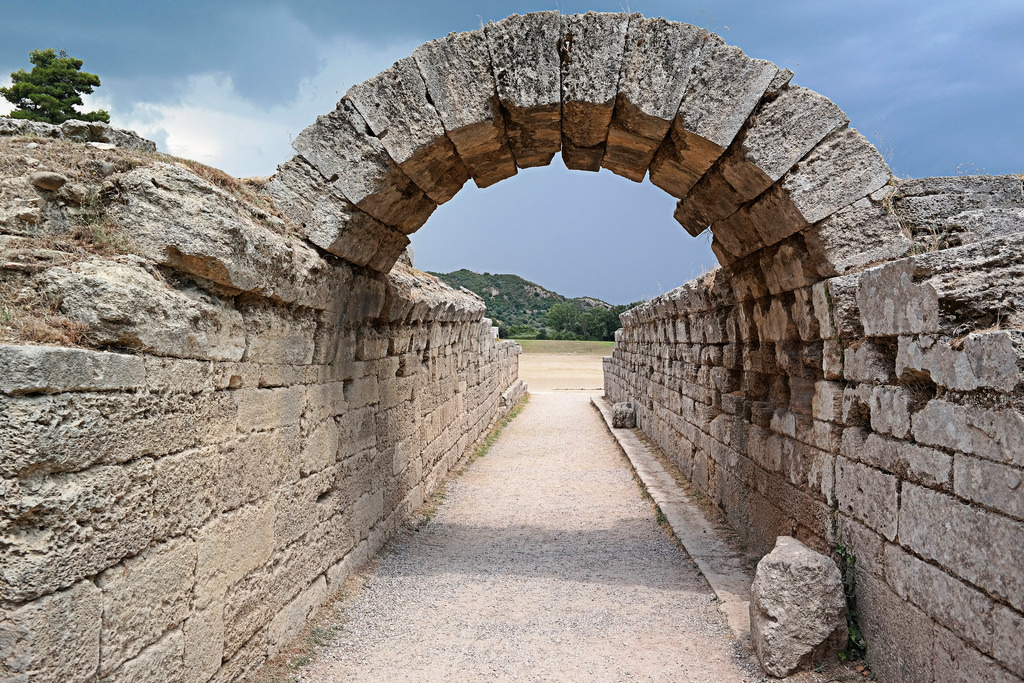Olympia was the most glorious sanctuary of ancient Greece dedicated to Zeus. It was the venue for the Olympic Games held in the context of the Olympics, the most important celebration of the Greeks during most of antiquity. At Olympia was the golden ivory statue of Zeus, a work by Pheidias, which was known in antiquity as one of the seven wonders of the world.

The starting point of the Olympics is 776 BC. and they were held every four years. During the Hellenistic period, several buildings, mainly of a secular character, were erected, such as the Gymnasium and the Palaestra, and in the Roman years the existing ones were remodeled. Thermos, luxury homes and aqueducts were also built. The sacred space continued to function normally during the early Christian years of Constantine the Great. In 393 AD The last Olympic Games took place and shortly thereafter the Byzantine emperor Theodosius I, by decree, definitively banned their execution because they were considered pagan, while in the period of Theodosius the second ruled, the sanctuary was completely destroyed (426 AD).
The beginnings of Olympia are little known. The earliest evidence of human presence in the region goes back to the 4th millennium BC. . In the 10th century BC with the 9th century BC, Olympia becomes a sacred place that attracted many pilgrims. In the 8th century, Olympia’s reputation grew so much that it reached as far east as Mesopotamia and as far west as Italy. A significant breakthrough in Olympia’s history was the year 776 BC. where then, according to tradition, the Spartan Lycurgus had to make an agreement with the king of Ilides, Iphitos, for the worship of Olympia. Part of the deal was that a ceasefire would prevail throughout Greece during the holidays. In the 5th century, the glory of Olympia reached a point where politicians could gather,


In 393 AD Byzantine Emperor Theodosius I ordered the closure of all Greek sanctuaries. However, in the following years the area remained very popular. The site was later subjected to many catastrophes due to natural causes and during the 9th century the site was abandoned and deserted. Over time, many meters were covered beneath the earth with the help of the Cladeos torrent and the erosion of the soil of the Cronus hill.
The most important monuments and buildings of ancient Olympia are:
- The Temple of Zeus, built in 456 BC, is a model example of Doric temples, and inside it was the most important Olympia temple, the golden ivory statue of Zeus.
- The Temple of Hera, or Heraion, where many offerings were kept, among them the famous Hermes of Praxiteles and the disc of the sacred truce.
- The Bouleuterion, which is located south of the temple of Zeus, outside the sacred enclosure of Alteos, was the seat of the House of Elias.
- The Rectorate, one of the oldest and most important buildings of Olympia, since it was the center of the administrative and political life of the sanctuary and the center of administration of the Olympic Games.
